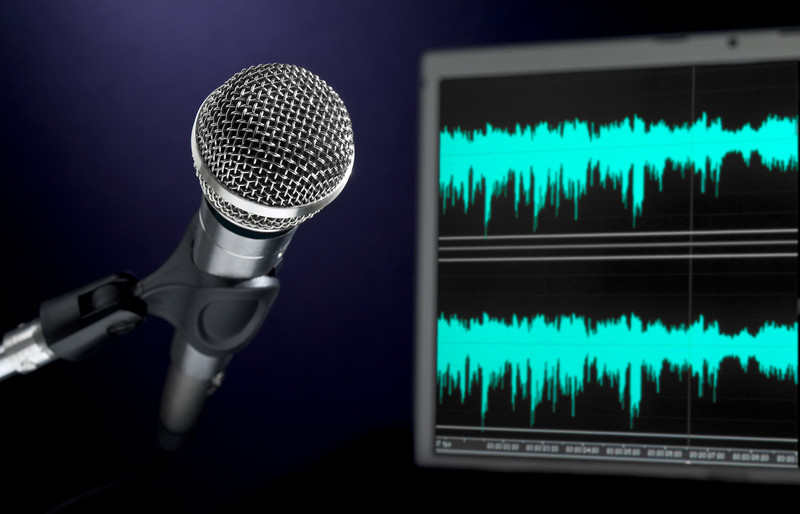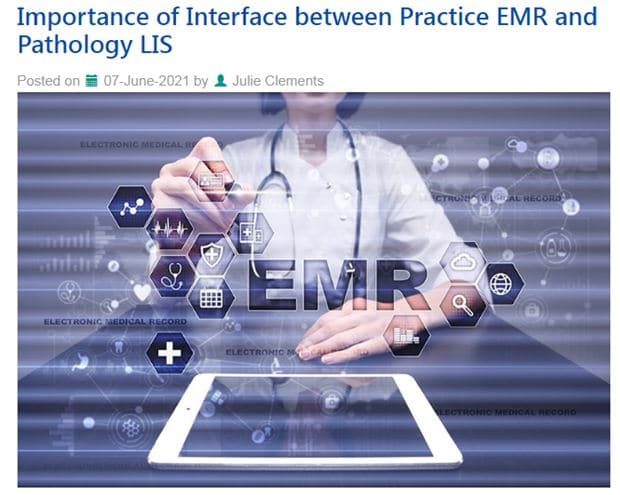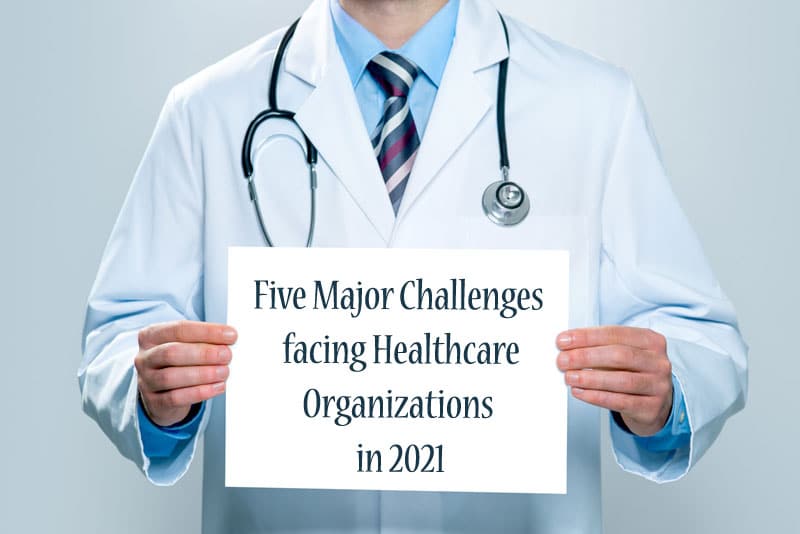The increasing use of smartphones has made it easier for patients to record their physician office visits with or without permission. Last year, our medical transcription company reported that this practice is on the rise across the U.S. The law on recording clinical encounters varies across states with some requiring all parties to grant consent, and others requiring only one-party consent.
Today, many physicians are recording their medical conversations and encouraging patients to review them at home. However, a recent Stat News report says that the rising influence of artificial intelligence (AI) and new technologies for recording of patient conversations potentially poses new risks for patients and caregivers.

Recording clinical encounters offers several potential benefits:
- Reviewing the recordings at home after the visit can help patients remember what was said. This could improve physician-patient communication.
- Listening to the conversations can improve understanding of instructions, which would improve adherence to treatment regimens.
- Patients can share the conversations with their family, which may improve engagement with their support networks.
- Can help validate informed decision making.
- Can serve as evidence of high-quality care
A study published last year in the journal Health Expectations suggested that recording office visits may help rural, disadvantaged individuals feel less marginalized when seeking health care.
With the practice of recording clinical encounters becoming widespread among patients as well as providers, tech giants such as Google, IBM, and Amazon have come out with automated speech-to-text tools that automatically transcribe audio recordings, making it easier to upload them into electronic health records (EHRs). Providers can visit them for to gain insights about specific diseases and the most effective communication practices.
Google’s offers two electronic health record (EHR) speech recognition tools for medical conversations: a Connectionist Temporal Classification (CTC) phoneme-based model and a Listen Attend and Spell (LAS) grapheme-based model. These natural language processing systems are aimed at addressing physician EHR data entry concerns and improving care.
The IBM Watson speech-to-text service supports eight audio file formats at varying compressions. It can identify what is being discussed and quickly transcribe it in real-time.
Amazon Transcribe is also designed to facilitate easy conversion of speech to text. It uses deep learning to automatically generate text with punctuation and formatting, so that the output is more intelligible and can be used without any further editing.
Dartmouth Institute researchers are working to create an Open Recording Automated Logging System (ORALS), an artificial intelligence-enabled platform to facilitate routine audio recording of conversations between clinicians and patients. ORALS uses natural language processing to automatically label aspects of the conversation considered highly valuable for patients. Patients can review the transcribed text of the visit at home and utilize sections marked as “diagnosis” or “medication protocols” to review important details.
However, even as many health care providers are using them, the Stat News report says that these speech recognition and automated medical transcription service tools pose several risks with regard to cybersecurity and patient privacy, such as:
- There is confusion over the ownership of the data. In some states, the physician’s practice owns the actual medical record, but many states there is no clarity in the law on this matter. In New Hampshire, the medical record is deemed to belong to the patient.
- Patients’ smartphones could be storing highly sensitive data, increasing vulnerable to hacking, that is, digitally recoding physician visits on their phone could jeopardize their protected health information (PHI).
- Although laws like HIPAA protect patients from disclosure of their medical information by providers, patients can share their health information as they wish and publicize recordings of their clinical encounters via social media.
- How the data is used, that is, whether the patient data could be utilized in ways that could be detrimental to physicians and patients – for example, could a third-party vendor of the technology access the information and use it for advertising purposes or allow the information to be shared, intentionally or unintentionally, with organizations that may use it to pursue their own goals
- Patient data is valuable, and fetches huge sums on deep internet black markets
According to a new paper published in The BMJ, as of now, at least 1 in every 10 patients has recorded a doctor’s visit. The researchers support the broad implementation of audio recording in healthcare as it could greatly benefit both patients and clinicians. However, the authors point out that as risks also exist, there should be clear principles to guide the collection and use of recordings must be established.
Some institutions that recording clinical conversations on a regular basis are deliberately keeping it low-tech and away from artificial intelligence applications, notes Stat News. Many still rely on dedicated HIPAA-compliant medical transcription services to convert audio and video recordings of the office visit to EMR-friendly documents.


